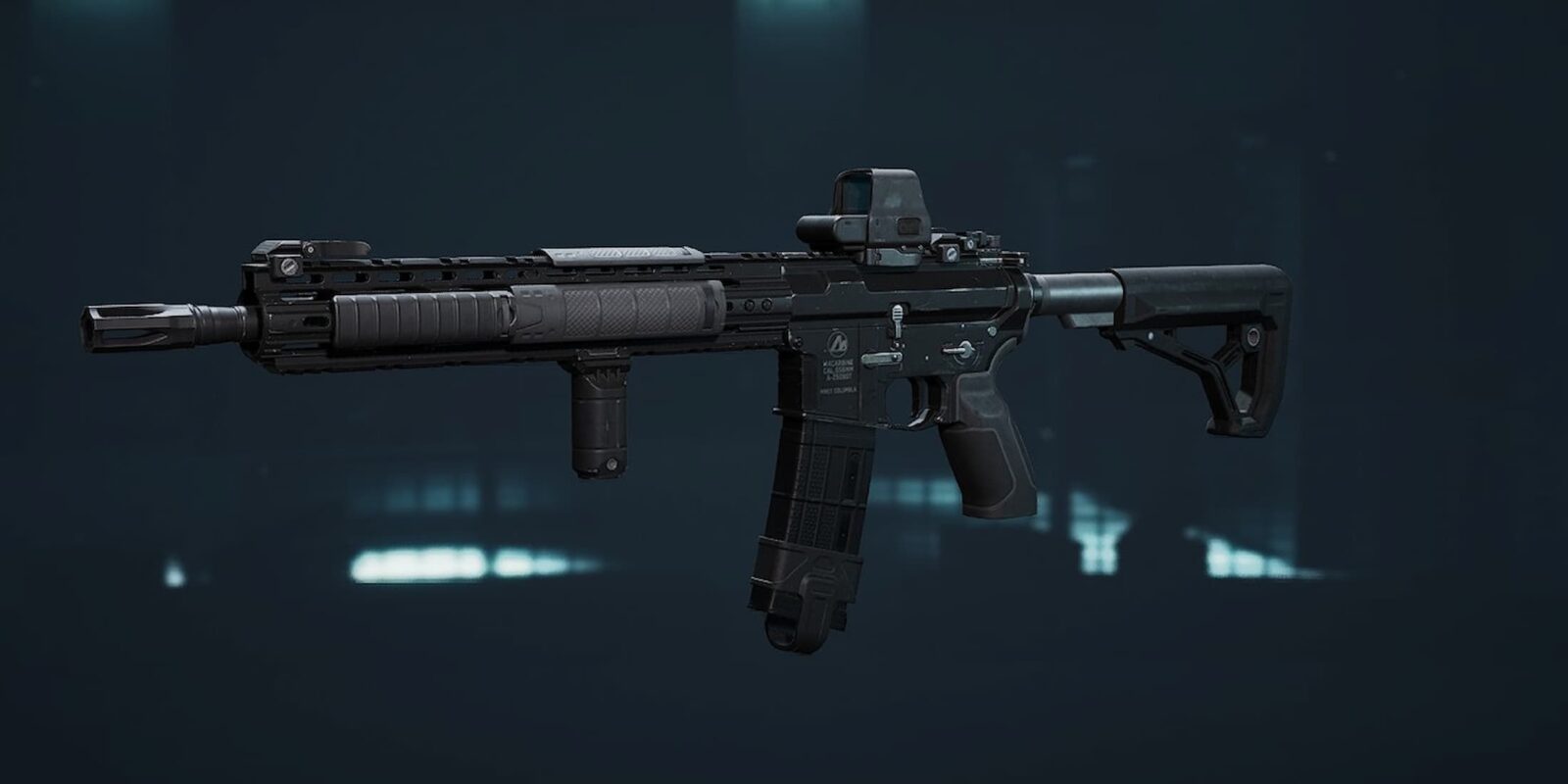Delta Force offers an impressive level of weapon customization, giving players the opportunity to build their guns exactly the way they want them to perform. Apart from every weapon in the game having numerous attachment options, players can also fine-tune their weapons’ performance via the Calibration feature.
Calibration isn’t exactly necessary in order to make even level one guns in Delta Force viable, but it’s there for players who really want to tweak their weapons to perfection. Here’s a quick rundown of what this feature does and how to use it.

Related
Delta Force: All Operators (& How to Use Them)
Here’s the full list of playable operators in Delta Force, including breakdowns for their abilities and tips on how to use them.
What is Weapon Calibration in Delta Force?
Weapon Calibration lets players tweak the stats of their guns by adjusting certain parameters of the attachments they’re using. This could range from the length and thickness of the barrel, the length of the stock, the positioning of the foregrip, and so on. These minor adjustments result in positive and negative changes to certain stats, and while they may seem small, they add up quite easily.
How to Calibrate Weapons
To calibrate your gun, go to the Loadout screen in the main menu, and pick any unlocked weapon. Then, select the Calibrate tab on the list of options at the top of the screen. This opens the Calibration window, where you can then start tinkering with your attachments.
Select any attachment, and move the parameter sliders as you see fit. To get the most out of weapon calibration, we recommend tuning multiple attachments to favor one stat. For example, if you want a weapon like the SCAR-H in Delta Force to be as stable and accurate as possible, tune your attachments for increased Firing Stability.
There are no limitations on how many attachments you can calibrate, but be careful not to overburden your gun with negative stat penalties.
What Stats Should You Calibrate?
Generally, the stats affected by Weapon Calibration make your guns better at either long or close-ranged combat. Stats like Aiming Stability while Breathing and Firing Stability help with keep you accurate when shooting, while ADS Movement Speed and ADS Speed give you that extra bit of speed to win in close quarters. Improving one will always come at the cost of another.
For most weapons, you can’t go wrong with bumping up the Extra Control stat. It dampens the kick of your gunshots ever so slightly, making it easier to hit multiple bullets in a spray or burst. You can tune this stat on Foregrip, Rear Grip, and Stock attachments. However, this will make your ADS Movement Speed and ADS Speed stats slightly lower. This is especially good for slow-firing weapons like the Delta Force’s AKS-74 since they’re already built for mid-range fights.
















Leave a Reply